Are you curious about the types of concrete used in construction? Trying to figure out what type to choose for your next project? Worry not – this blog has you covered! We’ll be exploring the many different types of concrete and their uses, so that you can make an informed decision on the best type for your needs. So, grab a hard hat and let’s get started!
Types of Concrete
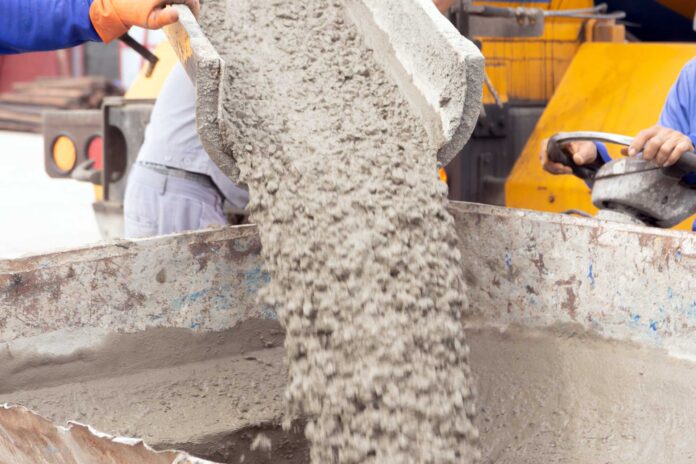
- Ordinary: Ordinary Portland Cement (OPC) is a type of cement that is commonly available for use in construction projects. It is composed of calcium silicate hydrates which harden over time, resulting in strong and durable properties. OPC is generally used for projects such as constructing foundations and walls, laying paving slabs, driveways and roads.
- Lean: Lean concrete is defined by its relatively low cement content and usually has a high water-cement ratio. Generally speaking, it requires less effort to place and produces fewer cracks when compared to ordinary OPC mixes. This type of mix can be placed with less labour cost which makes it appealing for large-scale building projects like bridges or sidewalks that require a large amount of area coverage with high strength values.
- High-Performance: It incorporates additional ingredients such as fly ash or silica to create unique material properties that can range from being porous with low density to being hard with very high compressive strength values. It can be used for infrastructure work on bridges or other heavy structures where loading requirements need to be met through severe environmental exposure tests.
- Fiber Reinforced: This type consists of fibers embedded in a matrix consisting mainly of cement paste which helps increase its tensile strength properties substantially over those exhibited by plain concrete with no reinforcement fibers present in its composition structure. For this reason, fiber reinforced is often found being used on blind wall surfaces subjected to wind loadings as well as underwater applications where erosion may occur due to seawater exposure or tidal zone changes over time frames ranging from several months into multiple years.
It is an incredibly versatile material used in construction projects of all kinds, from basic foundations and walls to bridges and dams. Concrete is strong, durable and cost-effective – making it one of the most popular materials for construction.
Its flexibility allows contractors to repair existing structures or build entirely new ones. With the right concrete repair products, even complex structures can be created quickly and affordably.
Portland Cement Concrete
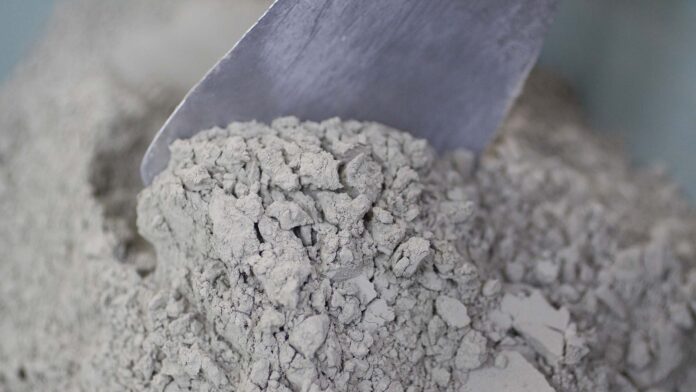
PCC is the most commonly used type in construction. It consists of a mix of Portland cement, water, an aggregate such as crushed rock or gravel, and often additives like fly ash or silica fume. When combined, these materials create a durable material that is used for building foundations, walls, roads and other structures.
PCC can be placed in either dry or wet form and can be reinforced with steel reinforcing bars to increase its strength and durability. PCC can also be precast into desired shapes prior to its placement in order to facilitate easier installation and improve the overall quality of the finished product.
Asphalt Concrete
Also known as asphalt or blacktop, is an extremely versatile building material that is incredibly popular for roadways and other surfaces like sidewalks, parking lots and driveways. It is made from a combination of crushed aggregate and asphalt binder which is then compacted to form a solid surface.
Asphalt concrete offers a variety of benefits over traditional one, including durability, flexibility and low-cost installation. The material is able to withstand extreme temperatures better than other pavement materials and it can be adjusted to include various mixes of coarse and fine aggregate according to the need. In addition, asphalt surfaces are easier to maintain than traditional concrete due to its ability to seal itself against water penetration.
It can also be made from recycled materials such as reclaimed asphalt pavement (RAP), crumb rubber from vehicle tires or glass powder which helps reduce the environmental impact associated with road construction projects. Asphalt concrete has become increasingly popular in recent years as an effective solution for cost-effective construction projects on nearly any surface.
High-Strength Concrete
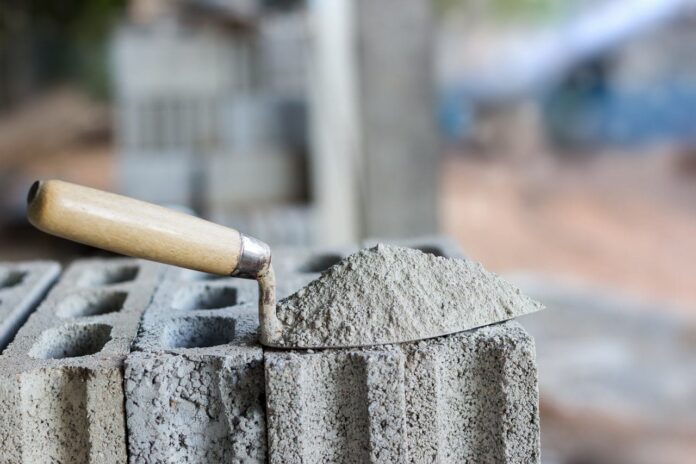
This is a type that is made from a carefully proportioned mixture of cement, sand, gravel and water. It usually has a compressive strength between 5,000 and 10,000 pounds per square inch (PSI). The compressive strength can vary depending on the ingredients used to make the mixture. It can be used in applications such as bridge decks, retaining walls, floors and foundations in buildings.
This type is durable under extreme weather conditions and can withstand greater amounts of load than conventional strength concrete. High-strength concrete is less prone to cracking due to its superior flexural strength and greater degree of plasticity. It also offers superior heat resistance properties than regular strength concrete making it ideal for applications where high temperatures are expected such as fireplace mantles or outdoor grills.
Lightweight Concrete
This is a type that is made using lightweight aggregates instead of the conventional normal weight aggregates. Lightweight aggregates are materials such as clay, shale and slate. The advantage of using a lightweight aggregate is that it reduces the dead weight of the concrete structure, making it more cost-efficient to construct.
It varies in their properties depending on the application for which they are being used, and this is determined by the mix design. Generally, a lightweight concrete mix contains one or more lightweight aggregates along with other ingredients including cement, sand, water and admixtures. The proportion and type of aggregate used determines the strength and density of the resulting concrete mix.
Lightweight concrete is generally used in applications where structural strength isn’t as important as reducing dead load or thermal mass properties such as sound insulation. Examples include precast concrete panels for walls; chimney liners; floor screeds; plastering mortars; fireproofing applications; masonry units; and other industrial uses such as filters and vibration dampers.
Polymer Concrete
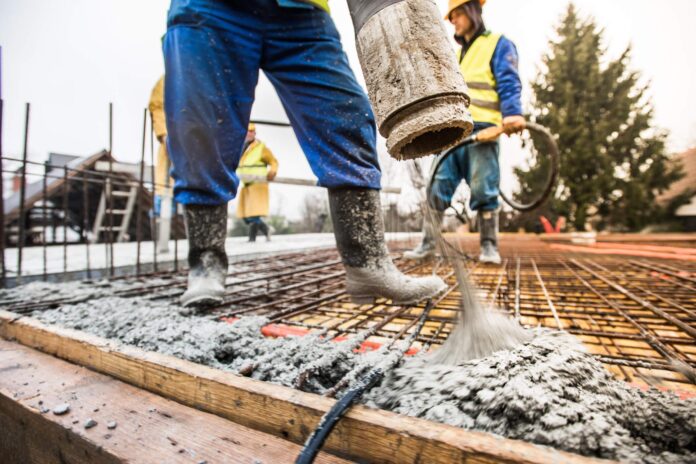
It is constructed with polymer resins as a binder. It is typically made up of fine aggregates such as sand and gravel and the polymer resin, which serves as the binder to provide the product strength. This form of concrete has been available since the late 1950s and has become increasingly popular in the 1970s due to its superior physical properties over conventional cementitious mortar.
Polymer concrete is non-toxic, lightweight, fast drying and easy to install with both standard forming techniques and spray-up methods. This makes them ideal for many construction projects where speed, safety, low cost or difficult applications are required.
They are commonly used in cement overlays such as sidewalks, driveways and parking lots that require resurfacing or repair work due to cracking or erosion. Other applications include the repair of infrastructure systems such as wastewater networks pipes and bridges, joint filling between precast elements, tunnel linings and basement waterproofing.
Conclusion
To conclude, there are a variety of types of concrete used in construction, ranging from lightweight aggregates for prefabricated residential building systems to heavyweight aggregates for high-rise towers and industrial infrastructure.
Each has its own benefits and drawbacks, and careful consideration should be taken when choosing the appropriate type for each project. With the right knowledge and expertise, concrete can be a highly durable and cost-effective material that provides an optimal solution for any building or structure.

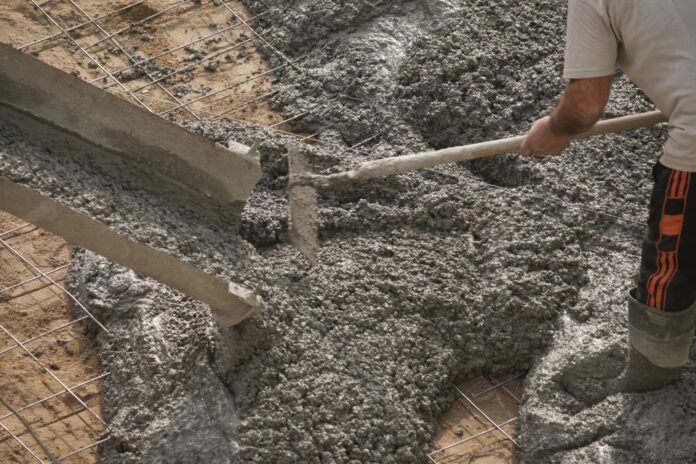



![Calgary’s Hottest Neighborhoods for Luxury Homebuyers [2024]](https://thewashingtonote.com/wp-content/uploads/2024/04/Calgary-324x160.png)



